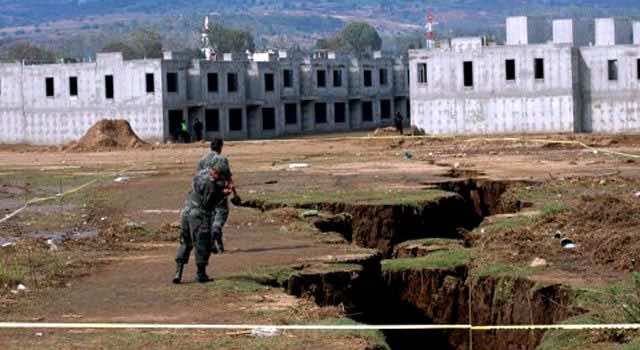Mexico City, the most thickly-populated metropolis in North America has sunk too low for it to be saved, as per new research.
The lake bed on which Mexico City sits has grown increasingly dry and caused the clay sheets to crack and compress at a rate that it is nearly impossible to stop the sinking now. This is mainly caused by the centuries of water drainage from underground aquifers. While threatening water security for millions of people, it also poses risks for a complete infrastructure collapse.

Mexico City being at risk to sink into the ground is not a new concern, and measures to stop it were taken as early as in the 1950s, where a ban was imposed on groundwater drilling. However, even after the passing of so many years, it has been found that the city is on its way to sink at roughly the same speed. The research states that even the unurbanized northeast sector of the city is found to show sinking rates of up to 50 centimeters a year.
“Even if water levels were to be raised, there is no hope for recovering the great majority of the lost elevation and the lost storage capacity of the aquitard,” states the shocking research. An aquitard is basically a barrier that keeps groundwater to flow from one aquifer to another.
The increasing weight of growing urbanization and the continuous underground water drainage has made Mexico City’s situation irreversible. And with the latest research revealing that the unurbanized locations are also sinking at a rapid rate has just increased the bar of risks for Mexico City’s sinking to the ground.

“If you put heavy buildings on that kind of ground, and use shallow foundations, the soil compacts,” geotechnical engineer Eddie Bromhead from Kingston University London told The Guardian in 2004. “So that, along with removing the water, is why Mexico City is such a mess.”
Mexico’s sinking was first noticed in the early 1900s, at a per-year rate of about 8 centimeters. Over the course of time, rates of sinking per year grew to an alarming 29 centimeters a year, upon which measures were taken and that sinking rate was brought down to 9 centimeters accounting for each year. However, higher resolution data obtained in the last two decades revealed that Mexico has been sinking at an alarming rate of up to 40 centimeters a year specific to the city’s historic downtown.
Terming the impact as “almost irreversible”, scientists said that there’s little that we can do to stop it.


